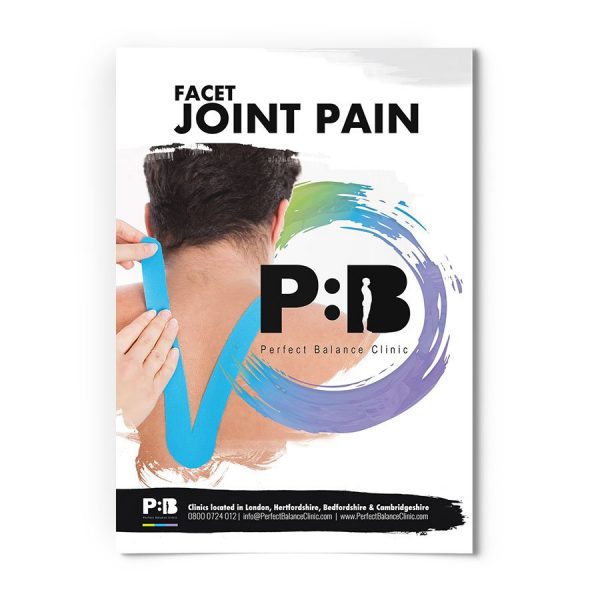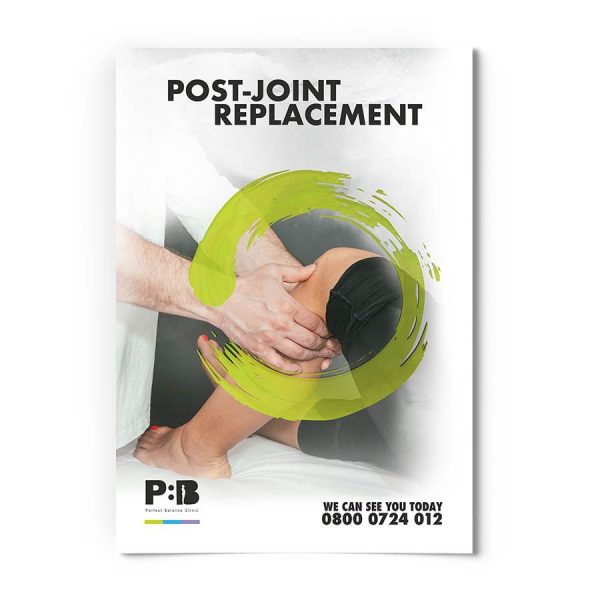Hydrotherapy dates back as far as ancient Egyptian, Greek, and Roman times when Egyptian royalty bathed in oils and Romans Baths were frequently visited by the citizens of that era, there is also historical evidence of such therapy been used in far-eastern regions such as China and Japan – where hot springs were frequently used for people to bathe in. In these times hydrotherapy was used simply as a tool of relaxation, it wasn’t until the 19th century when Hydrotherapy started to resemble the therapy that it has become in today’s society.
Sebastian Kneipp (1821-1897), re-wrote the history of hydrotherapy when he discovered a systematic and controlled application of hydrotherapy and was able to develop a revolutionary rehabilitation method to assist medical treatment. At that point in time, this style of therapy was only being administered by doctors.
Hydrotherapy was first officially used as a medical tool by Vincent Priessnitz in 1829. In today’s society and the world of holistic therapies, hydrotherapy and its unique benefits do not seem to be promoted as and spoken about as much as they should, from a therapeutic point of view. For example, every year thousands of people suffer from a broken leg or broken ankle and are out of action for weeks, partly because they are put in a cast, to begin with.
Following a break, it is a common occurrence that people will join a waiting list to see an NHS Physiotherapist to begin their rehab. So it could be at least 12 weeks or more before you can perform the simplest of tasks – such as driving to the shop, and that’s being optimistic!
Hydrotherapy helps to speed-up the healing process of a broken leg or broken ankle, once a cast has been removed. Part of the problem with the rehabilitation of a broken leg is the inability to weight bare. The biggest benefit of hydrotherapy is that it can allow a variety of exercises to be performed, thus improving the circulation in the injured limb, which alone will speed up the healing process. Hydrotherapy also allows the injured person to begin strengthening exercises to increase the range of movement in the affected limb and to encourage normality to return after injury.
Overall hydrotherapy allows the injured limb to receive the full benefits of holistic therapy, such as sports therapy or physiotherapy, through the application of functional exercises. But unlike these other therapies, it speeds up the time frame in which functional exercise can begin to be applied by reducing the element of pain in the rehab equation.
What simply began as a method of relaxation to the ancient Egyptians has now turned in to a modern-day phenomenon so it’s a wonder why more people don’t take advantage of it!
For more information about Hydrotherapy
This article was written by our team of specialist therapists at Perfect Balance Clinic. If you would like more specific advice about how our team can help you with this condition or symptoms you may be having, please complete the contact form below and one of the team will get back to you shortly.









